Measuring Methods
The Mustec HD is a hand held dynamometer (HHD) that measures isometric muscle strength.
Mustec HD recommends two comparable measurement methods:
1.The break test
The practitioner holds the Mustec HD against an anatomical point on the patient’s body, exerting force in the opposite direction of the muscle movement. The patient actively tries to hold the Mustec HD in place. When the physical therapist breaks through the strength of the patient, the maximum force is reached for the muscle or muscle group to be tested, the Mustec HD records the break point measurement. The isometric muscle strength value is then displayed on the Mustec HD in the selected measurement unit. 1
2. The make test
The alternative measurement form is the measurement of muscle strength by means of a ‘make’ test.
The practitioner holds the Mustec HD firmly, or attaches/places it on a fixed object. The patient then assumes a position that makes it possible to measure a specific muscle group. The patient exerts force on the Mustec HD, and stops when the maximum force is delivered. The isometric muscle strength value is then displayed on the Mustec HD in the selected measurement unit. 1
For both measurement methods, the measurement time (in seconds) can also be displayed. The display shows the length of time at which force is held, which indicates strength and coordination. Please note that for both methods the optional software records the full build-up, hold and release of the exerted force in a graph.
1 ) Newtons, pounds or kilos. Newtons are more commonly documented in most professions.
Protocols (Standard Muscle Movements)
A form of standardization is required for valid and reliable results. This way, any potential errors are minimized.
The “make” and “break” tests can be applied to various movement exercises as deemed appropriate by the therapist. Each therapist develops their own gold standard protocol, but in the section below you will find a few movement options.2
2) These standard muscle movements are based on common muscle disorders. Refer to A.W.Andrews (1996) and Bohannon (1997), for more information, where Normative values are also provided for most movements. (See also our optional Mustec HD software, which also allows for entering one own´s Standard Muscle Movements.)
Shoulder
Flexion
- Patient lays on their back, arm up toward the ceiling, elbow extended, hand in neutral position.
- Therapist places one hand on patient’s shoulder.
- Position Mustec HD on biceps, right underneath the elbow.
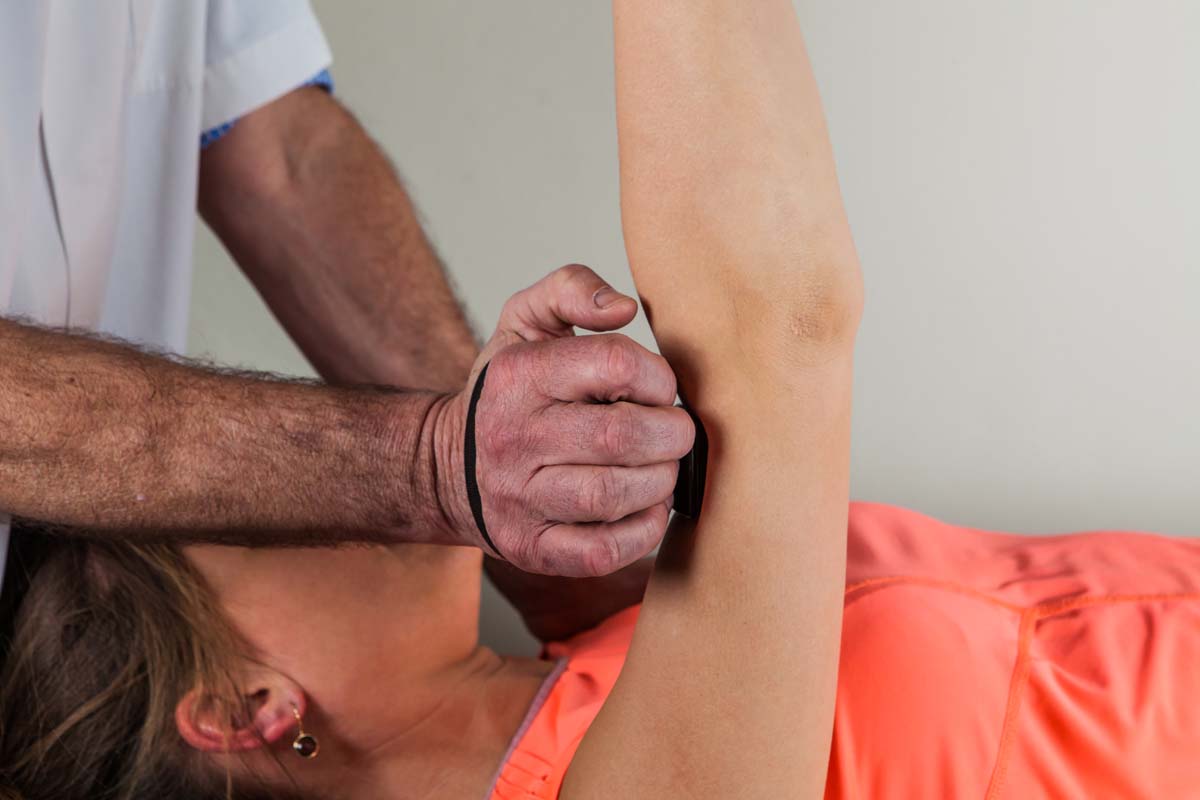
Extention
- Patient lays on their back, arm up toward the ceiling, elbow bent 90°, hand in neutral position.
- Therapist places one hand on patient’s shoulder.
- Position Mustec HD at the elbow, above the triceps.
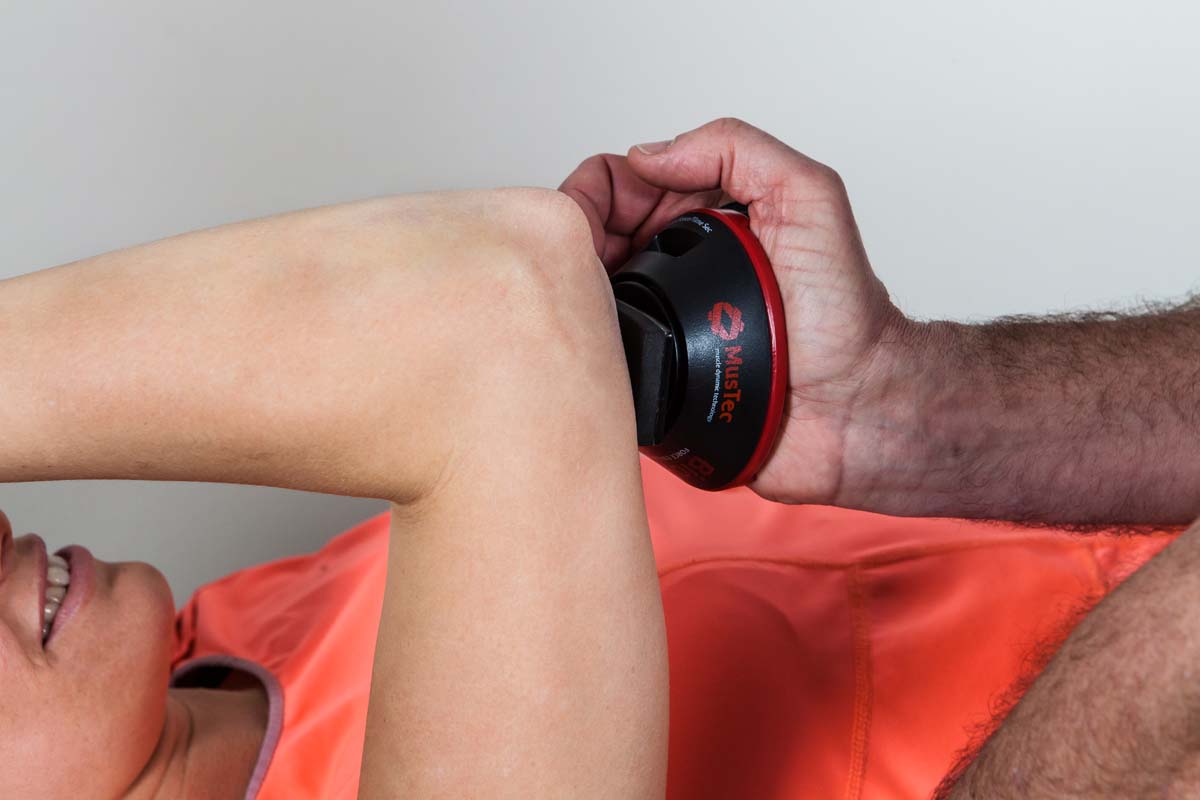
Abduction
- Patient lies on their back, arm at 45° angle from surface, elbow extended, hand in neutral position.
- Therapist places one hand on patient’s shoulder.
- Position Mustec HD just above the elbow, by the triceps.

Lateral Rotation
- Patient lies on their back, arm at 45° angle from surface, elbow bent 90°, hand in neutral position.
- Therapist places one hand under patient’s elbow.
- Position Mustec HD on the outside of the wrist.
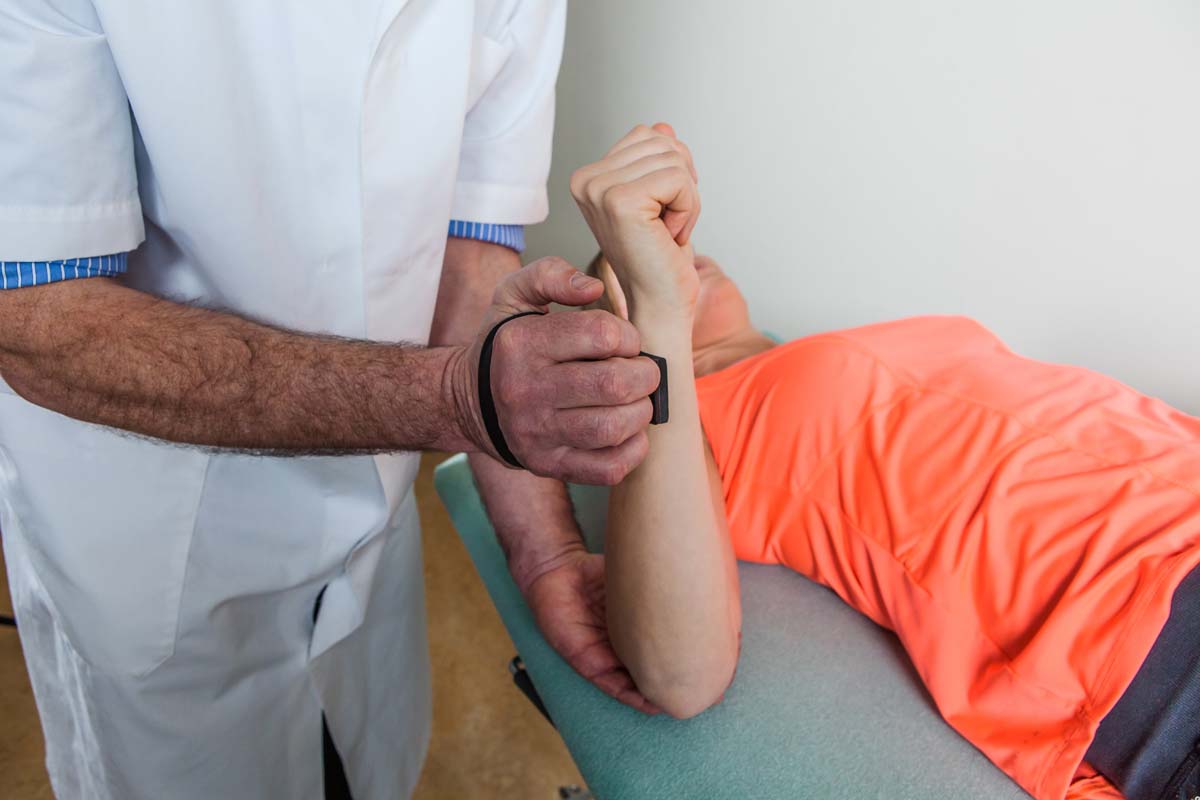
Medial Rotation
- Patient lies on their back, arm at 45° angle from surface, elbow bent 90°, hand in neutral position.
- Therapist places one hand under patient’s elbow.
- Position Mustec HD on the inside of the wrist.
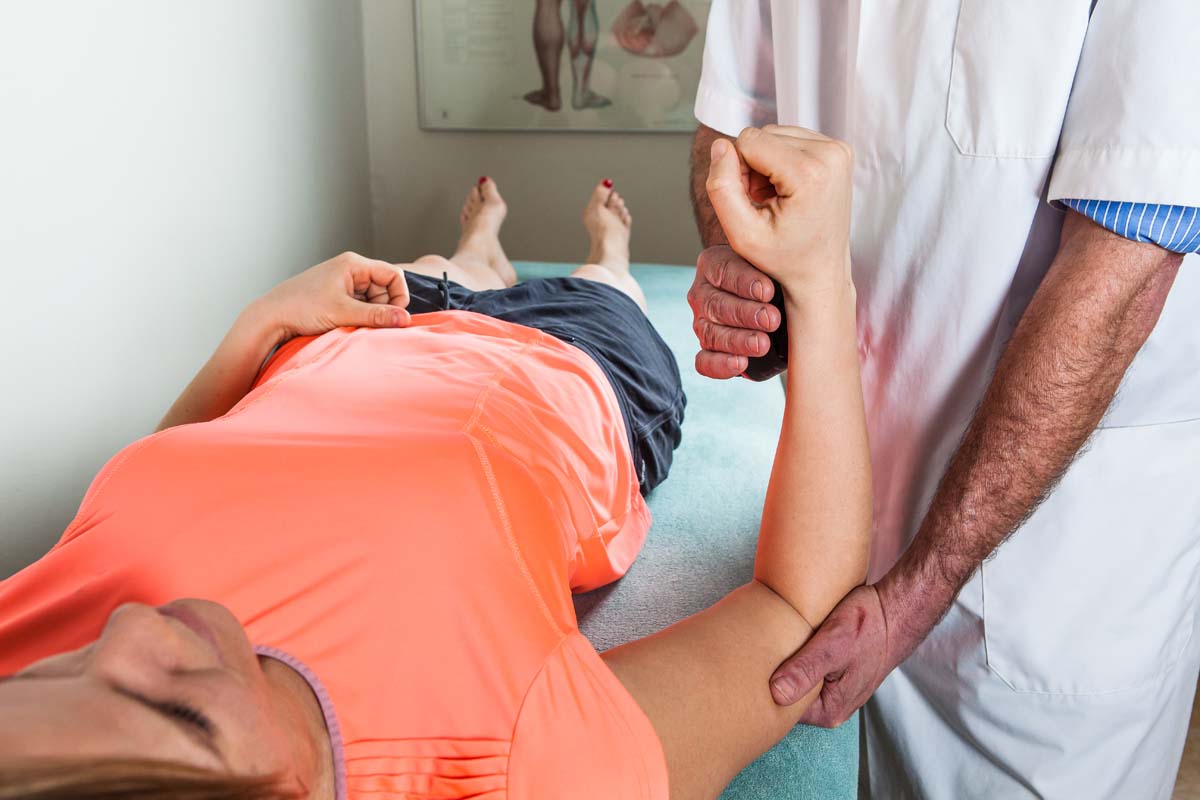
Wrist
Flexion
- Patient lays on their back, arm up toward the ceiling, elbow extended, hand in neutral position.
- Therapist places one hand on patient’s shoulder.
- Position Mustec HD on biceps, right underneath the elbow.

Elbow
Flexion
- Patient lies on their back, shoulder in neutral position, elbow bent 90o, forearm in supination.
- Therapist places one hand on patient’s shoulder.
- Position Mustec HD on the inside of the wrist.

Extension
- Patiënt ligt op de rug, schouder in neutrale positie, elleboog 90 ° gebogen, onderarm in supinatie.
- De therapeut legt een hand op de schouder van de patiënt.
- Plaats MusTec aan de binnenkant van de pols.

Hip
Flexion
- Patient lies on their back, hip bent 90o, knee relaxed, other leg in neutral position.
- Therapist places one hand on patient’s hip.
- Position Mustec HD against the top of the thigh (by the knee).

Abduction
- Patient lies on their back, both legs in neutral position.
- Therapist places hand on other leg.
- Position Mustec HD under the knee.
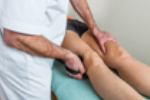
Knee
Flexion
- Patient sits with feet hanging over the edge, hips and knees are bent 90o, hands resting on their lap.
- Therapist places hand on thigh to avoid compensation by patient.
- Position Mustec HD on back of the ankle.

Extension
- Patient sits with feet hanging over the edge, hips and knees are bent 90o, hands resting on their lap.
- Therapist places hand on thigh to avoid compensation by patient.
- Position Mustec HD on front of the ankle.
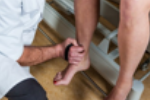
Ankle
Dorsiflexion
- Patient lies on their back, hip, knee and ankle in neutral position, with foot over the edge of the examination table.
- Therapist places hand on the shin, toward the ankle.
- Position Mustec HD on the foot, between ankle and toes
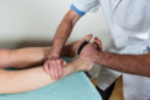
Plantarflexion
- Patient lies on their back, hip, knee and ankle in neutral position, with foot over the edge of the examination table.
- Therapist places hand under the shin, toward the ankle.
- Position Mustec HD on the ball of patient’s foot.
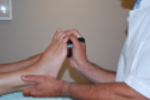
Neck
Flexion
- Patient sits with arms on their sides and hands resting on their lap. Head up, facing forward.
- Therapist stands behind patient.
- Position Mustec HD on the forehead, with lower part of HHD in line with the eyebrows.
- Therapist instructs patient to move the chin to the chest.
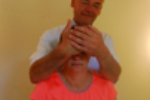
Extension
- Patient sits with arms on their sides and hands resting on their lap. Head up, facing forward.
- Therapist stands in front of patient.
- Position Mustec HD at the back of the head, with lower part of HHD in line with the ears.
- Therapist instructs patient to look up toward the ceiling
